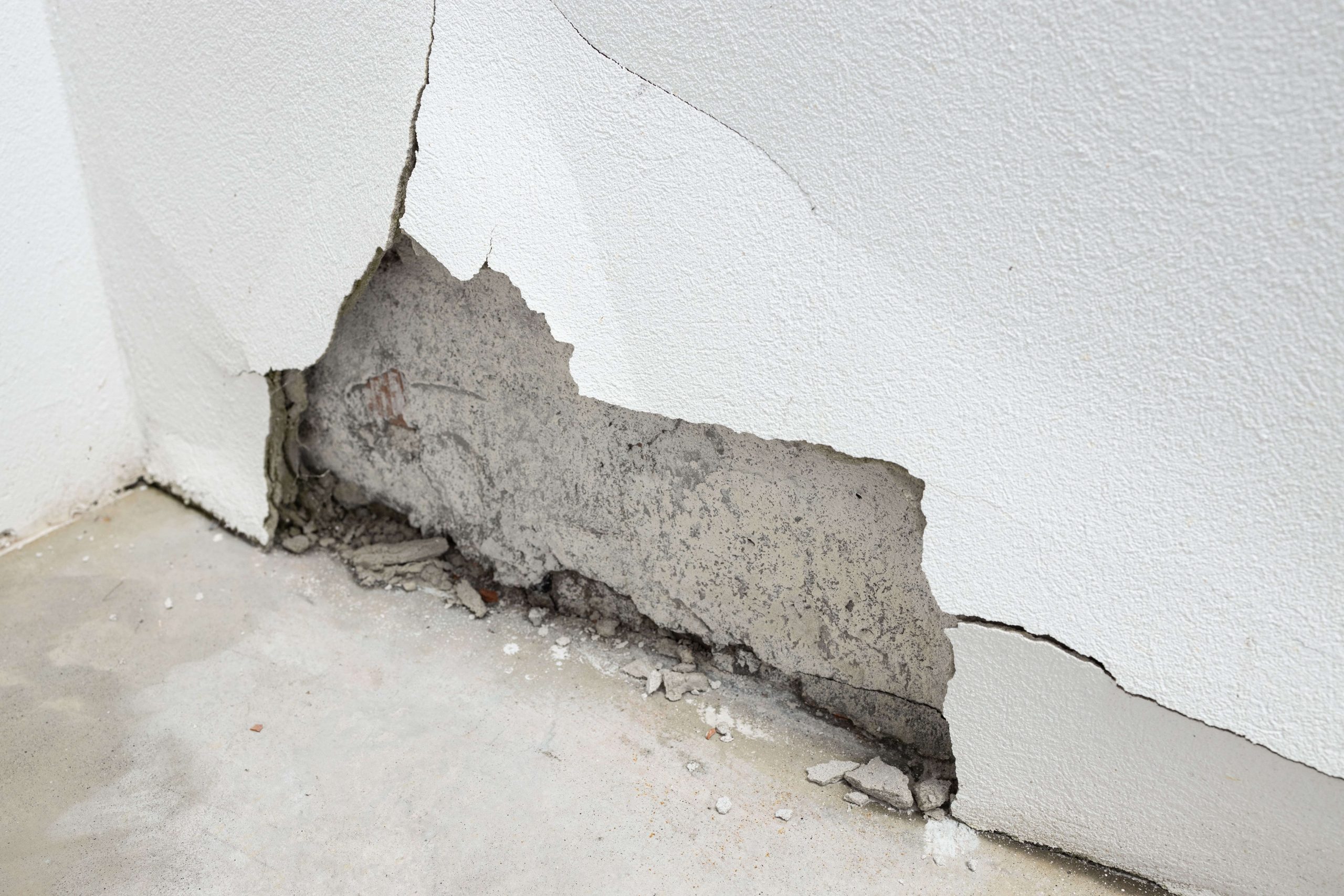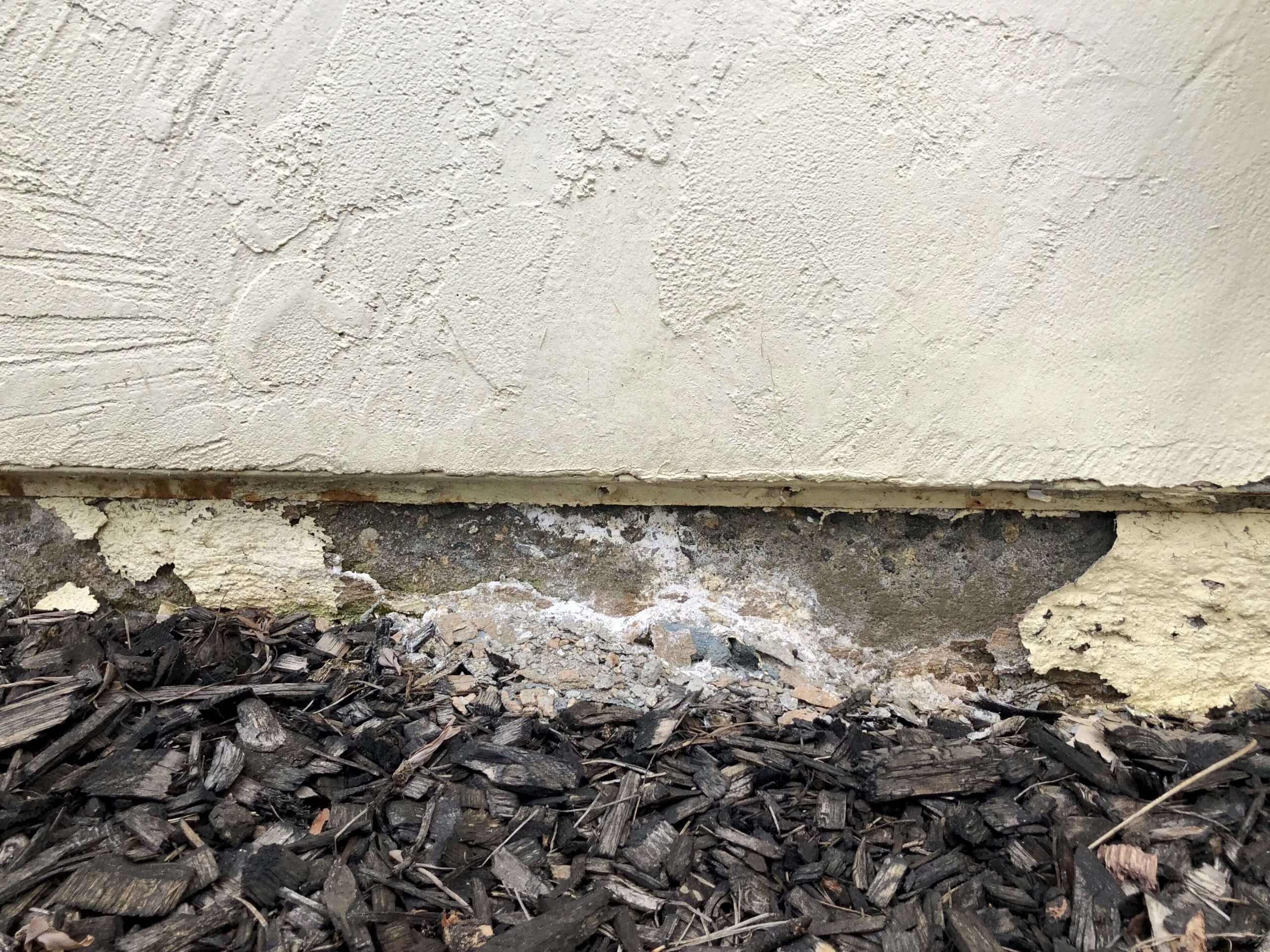
What to expect before, during, and after the foundation repair process?
Foundation repair can be an extensive process that necessitates extensive digging. A quality foundation repair expert will make every attempt possible to maintain your landscape during this process.
In this article, we will describe the steps a foundation repair contractor takes and what you should expect during their repair services.
What Are The Steps Taken By Foundation Repair Contractors?
They take the following actions:
Step One: Prepping the Job
The foundation contractors ensure there will be a minimal mess by placing tarps down prior to beginning repairs, clearing away plants near foundations, disconnecting specific utilities, and setting aside plants outside them for later. At Affordable Foundation Repair, we invite our clients to ask any inquiries concerning our methods for fixing foundations using our 5-Step process. If any concerns arise about any part of this repair process, please reach out to us, and we may address them immediately.
Step 2: Digging Holes Around Your Foundation
As part of step two, contractors perform foundation repairs by digging holes around its perimeter or, if interior piers are required, directly under your house, as in step 5. All contractors know this may take some time. Repairs include pulling back carpet to expose foundation areas as well as breaking out sections of concrete slab foundation to install the necessary piers before fixing foundation failures.
Step 3: Concrete slab lifting
Concrete or steel piers will be installed during Step 3 of our 5-Step process to raise and level out foundation issues. When interior foundation piers are needed for repairs, our workmen may require entry to your home, while exterior piers don’t necessitate such entry. Contractors will slowly raise your structure using hydraulic jacks and concrete or steel piers that they install beneath its foundation before positioning your house on top of those foundation piers to stabilize it and possibly installing steel shims as part of foundation repair services. Each stage of house foundation repair involves something new.
Step 4: Filling Holes
When performing this step, an experienced structural engineer or contractor will ensure all holes dug underneath or around your foundation are filled in using soil from its removal. Since soil compresses when wet conditions arrive, additional piles should be made following foundation repair to allow space for it to settle into holes over time slowly; full compression could take months – do not be alarmed if excess soil appears!
Step 5: Cleanup around the Foundation Once Repairs Have Been Made
After the structural repair has been completed, the final action involves clearing away tarps and debris as well as replanting any vegetation which had previously been extracted from its native location. Your foundation repair specialist will complete all five repair steps before concluding their work successfully.
What to Expect During a Repair Process?
Foundation repair may seem daunting sometimes, but failing to address structural issues could have devastating repercussions, such as sunken or uneven floors, basement flooding, and misfitting windows and doors. If left unaddressed, they can lead to irreparable harm – not something anyone wants!
Knowing what to expect during each phase of foundation damage repair will reduce anxiety and set realistic expectations.
Two of the more prevalent foundation recovery systems include pier and beam foundation repair and concrete slab foundation repair. Here is an in-depth explanation of each procedure and what you should expect during their respective processes.
Pier and Beam Foundation Repair
Many homes built on soft soil use pier and beam foundations as an alternative to concrete slab foundations for added stability.
Pier and beam foundations consist of two components. First are the piers embedded into the soil beneath your home or structure. Next, are beams laid across these piers which support its weight. This foundation system offers your home or structure stability from both ends.
Underneath the pier and beam foundations lies a crawl space filled with footings to further support its foundation.
There are various types of repairs done to pier and beam foundations. Shimming is the simplest form of repair for this foundation type.
Shimming is the practice of tightening any loose areas in a foundation’s framework through preventative means. Shimming involves driving small wooden shims between wooden piers to tighten any loose parts in its foundation’s frame.
Suppose the interior piers of your foundation have become compromised. In that case, your contractor may need to rebuild or add new concrete pier stacks in a short amount of time – usually within days.
Sometimes the source of foundation issues lies with decayed wood beams, with beam replacement being either simple or more involved depending on the extensive damage.
If the interior support areas have been severely compromised by foundation settlement, your repair may necessitate adding underpinnings as part of foundation repair measures.
Concrete Slab Repair
When concrete around your building begins to buckle, it immediately threatens its foundation. To address concrete slab foundation issues, a foundation repair company can insert piers beneath its base in order to address issues with its support structure.
Affordable Foundation Repair uses hot-dip galvanized steel piers with gas-powered hydraulic pumps attached. Once set into the earth’s surface, contractors push these steel piers until they hit bedrock, or they won’t go any deeper.
Helical and push piers are among the best types of piers for use. Helical piers are comprised of steel and take the form of small screws to help distribute weight evenly over your home’s foundation.
Push piers are hollow steel pipes driven into the earth beneath your foundation using hydraulic pumps until they hit bedrock, creating the resistance mass necessary for keeping these piers stable and in their places.
Foundation Stabilization
Foundation stabilization refers to providing additional support for an existing home by reinforcing support structures rather than raising and leveling it.
Homeowners typically take this precaution after remodeling their house and don’t wish to risk undoing all their hard work by making any further renovations at once.
Ideally, homeowners should get any necessary foundation inspection and repair done before remodeling their home, as this can allow the foundation to be lifted without harming any new features added during remodeling.
Foundation experts suggest starting renovations two to three months post-completion of any necessary foundation repairs so as to allow time for your house to adjust and settle properly before undertaking major remodel work.
Final Thoughts:
After considering the costs associated with foundation repair projects, homeowners want to understand exactly what can be expected during this major home improvement endeavor. That makes sense; being well-prepared can only help ensure success!
Be sure to choose a quality foundation repair contractor – they’re essential in ensuring that your home can remain habitable after repairs. For more information about Affordable Foundation Repair’s concrete foundation repair process and services, call them at 855-749-1322 or visit their website https://www.affordablefoundationrepair.net/.



0 comments
Write a comment